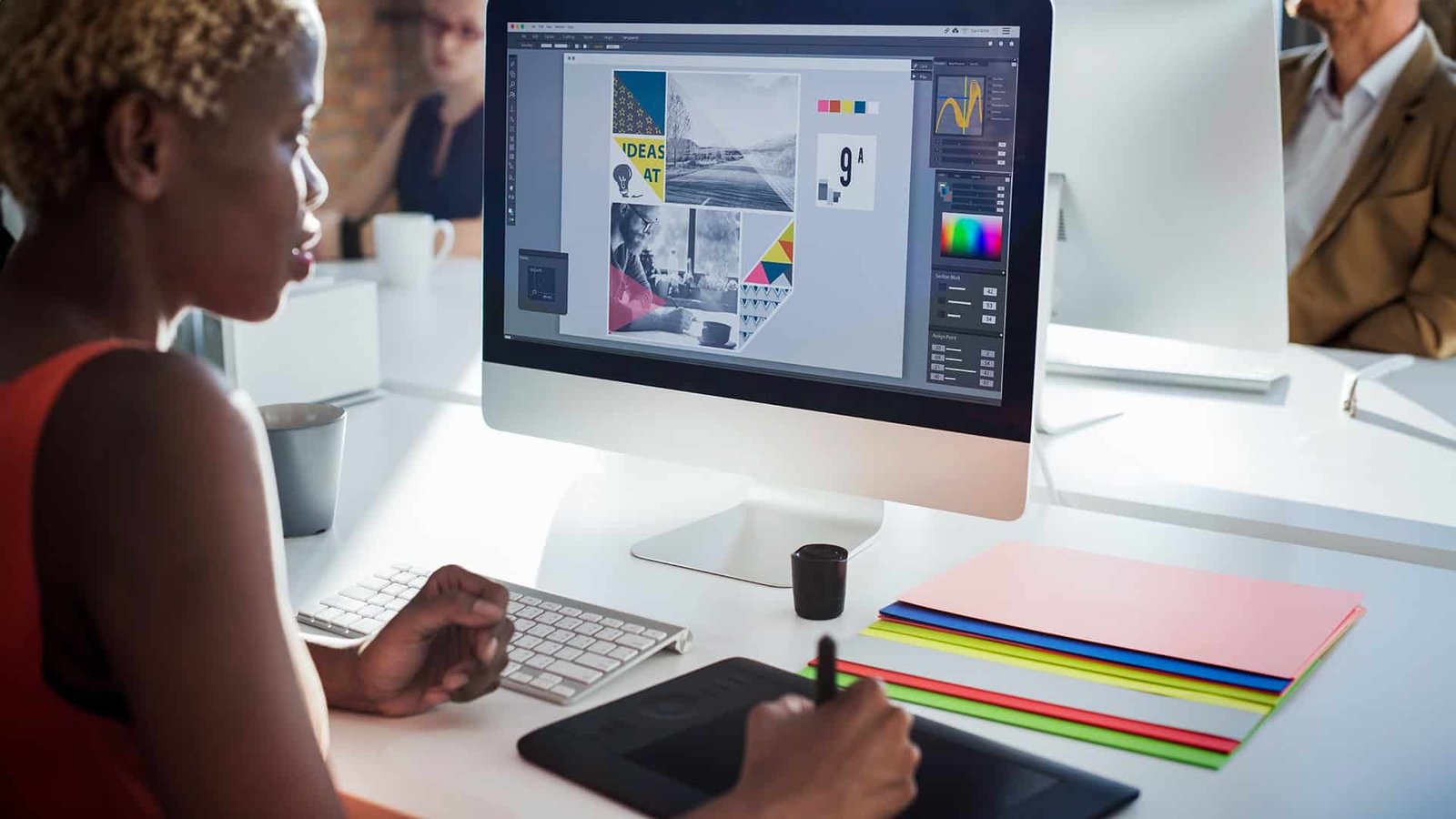Latest in: Dropbox
Embarking on a journey in graphic design can be both exhilarating and daunting. With many tools and software available, beginners must start with the correct set. Here's a list of the top 10 essential …
©2025 Mondragon Design, Phoenix, AZ • All Rights Reserved
